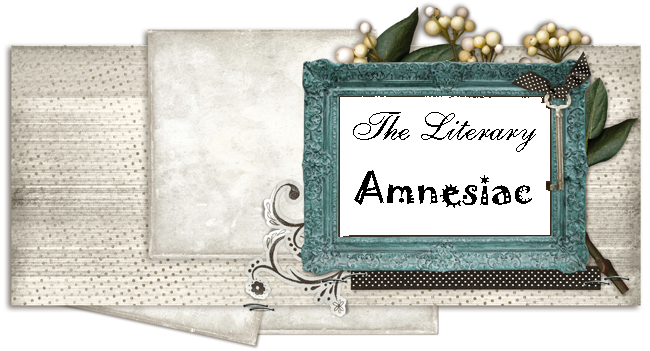For what seemed like an interminable number of nights this was one of our bedtime stories (along with the aptly named The Neverending Story, which we should finally be finishing within the week--I hope!) and I must say I'm really glad it's over. This is in large part because the kids have put in a request for a reread of the Narnia books next . . . and the Harry Potter series after that. Never mind that by the time we finish those fourteen books my grade-schoolers may have already left for college.
So, yes, I'm glad the weeks and weeks of The Willows in Winter have ended, but that's not to say we didn't enjoy reading it. The sequels were not written by Kenneth Grahame, but this story fits in very nicely with the original classic. All the old familiar friends were there: Badger, with his gruff exterior that hides a soft heart; Rat, who is somehow both businesslike and fun-loving; kindhearted and agreeable Mole; and Toad, who gets up to utterly Toad-like shenanigans, though he'd promised he was through with all that. Even the tradition of Using Big Words was upheld.
 |
| I bet this is the picture that inspired the sequel |
"The Mole alone in the Wild Wood in a book was one thing; on my study wall he was rather different. As the months went by Shepard's drawing became part of my own imaginative landscape and Mole's original errand to find Badger faded as the great trees of the Wild Wood loomed larger before me, and the blizzard winds of winter surged and blew . . . it seemed to me that Mole was off on a journey rather different from his original one . . . the story of The Willows in Winter had begun."
How do you feel about sequels of a beloved favorite--especially if the story is continued by a new author? I'll confess that in most cases I would be quite wary of such an animal. I have the feeling that, if the original author is not the source, any further stories just don't count because they're not quite real. Kind of like fanfiction. But I can make an exception for Horwood, who seems to have followed suit respectfully enough that Grahame should still be resting peacefully.


no no no no no - that sums up my feeling about sequels written by other people. If it's not yours, don't write a sequel. Simple.
ReplyDeleteI would usually agree that sequels which aren't written by the original author are BAD! But at the same time, I try not to judge what I don't know, so I probably will give this a go at some point. It just feels much like, say when Disney made The Jungle Book 2 years and years after the original and the guy who originally voiced Baloo was dead and it was just not the same...
ReplyDeleteI'm not a fan of sequels written by other authors. It's never the same. They try too hard to copy the original author's style and it usually makes for awkward reading. I'm glad this one worked for you. I still have yet to read The Wind in the Willows. Some day.
ReplyDeleteI'm not a fan of them either. I just feels like they're stealing someone else's ideas. Occasionally a son or daughter will continue their parents' work, but even then I'm skeptical.
ReplyDeleteSounds like there's a clear consensus against sequels penned by a different author! (Either that, or the ones who don't mind also didn't feel strongly enough to comment about it.)
ReplyDeleteMy skepticism extends to all sequels (of books *and* movies), not just those by a different author. There are a few notable exceptions (like the Harry Potter series, where I think each book was better than the one before--although Rowling planned seven books from the beginning, rather than opportunistically capitalizing on one well-received book) but just think of all of the great beginnings that had sequels that were huge disappointments. Two that jump to mind first: The Matrix and Inkheart.
On the other hand, though, I think I approach the two types of sequels differently. I always have such high hopes for sequels by the same author; I have major doubts about sequels by a different one.
My opinion is still evolving-- I saw a sequel to The Secret Garden years ago that I just couldn't read.
ReplyDeleteSince then, I have read Rhett's Butlers People which I loved and Scarlett which is pretty silly.
I have a prequel to Anne of Green Gables by another author that I will report on someday-- you know how the TBR pile is...
A PREQUEL to Anne! What is this thing of which you speak? I haven't heard anything about it!!! Oh, please put that one on the top of your pile!! If you don't, I'll have to get a message to Jim so he can sneak it up there.
ReplyDeleteA sequel is not automatically bad. It is just that they can be magnets for poor authors who use somebody else's imagination.
ReplyDeleteBut they do work well for authors who can bring something new. And an excellent example is:
http://www.amazon.co.uk/Wild-Wood-Jan-Needle/dp/0416215203
This is a wonderfully cheeky re-telling of Wind in the Willows from the point of view of the Wild Wood.
YAG--thanks for pointing that one out to me--I'd never heard of it. I must admit I feel almost reluctant to view TWITW from a new perspective--how narrow-minded of me!--but the idea does intrigue me.
ReplyDelete